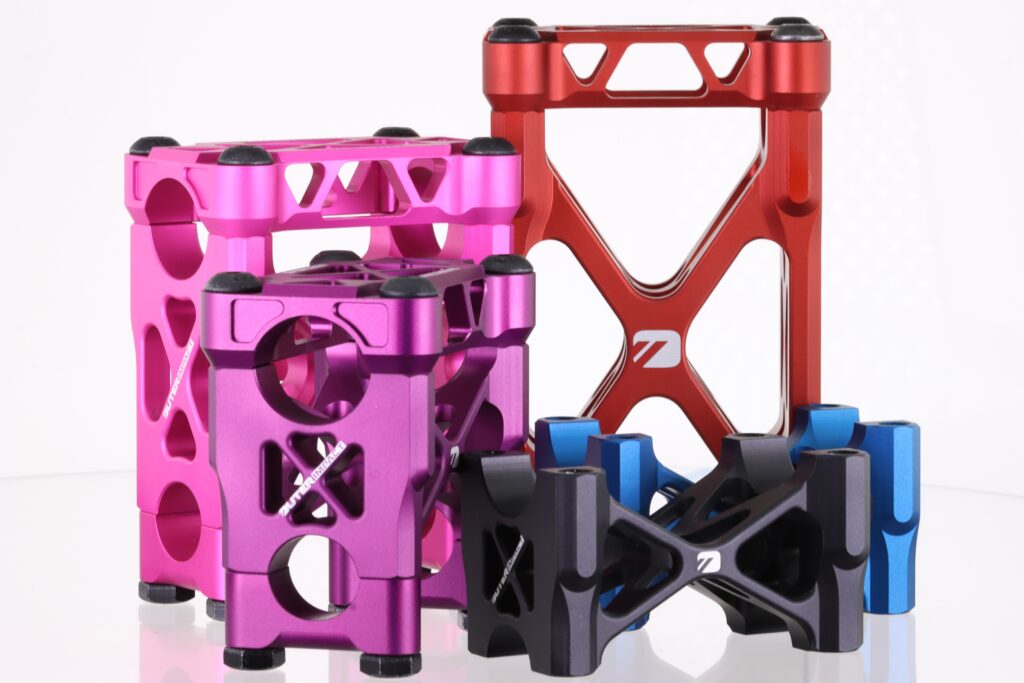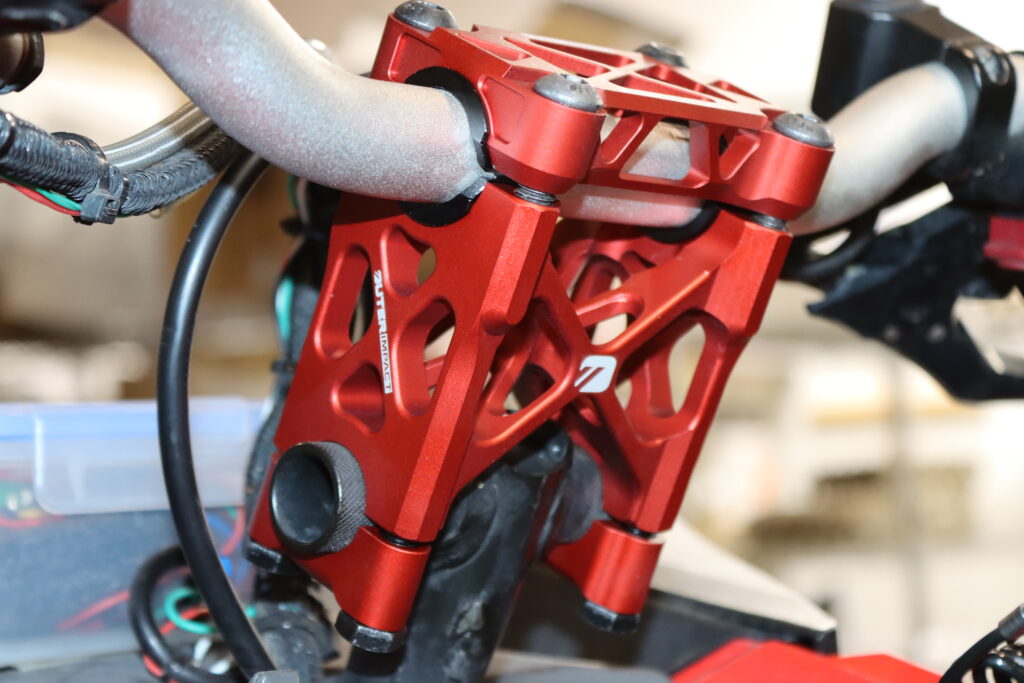Snowmobile Handlebar Maintenance: How To Store And Preserve Handlebars During The Off-Season
Introduction
Properly storing your snowmobile, including its handlebars, during the off-season is crucial for preserving its condition and ensuring peak performance when the snow returns. Handlebars, being a vital part of the snowmobile, require specific care to withstand extended periods of inactivity. OuterImpact brake levers and handlebar risers are factory replacements made from billet 6061 aluminum, precision machined, and backed by a Lifetime Warranty. In this comprehensive guide, we’ll outline essential steps for storing snowmobiles and maintaining your bars during the off-season to extend their lifespan and keep them in optimal condition.

Preparing for Storage
1. Clean the Handlebars
- Use a mild detergent and water solution to clean the bars, removing any dirt, grime, or debris.
- Ensure the handlebars are completely dry before storage to prevent corrosion.
2. Inspect for Damage
- Check the bars for any signs of wear, damage, or rust.
- Address any issues before storing the snowmobile to prevent further deterioration.
3. Lubricate Handlebar Joints
- Follow the steps for lubricating the bar joints to ensure they remain well-maintained during storage.
Storing the Snowmobile
1. Choose a Suitable Location
- Select a dry, well-ventilated storage area away from direct sunlight.
- Consider using a snowmobile cover to protect the entire vehicle, including the handlebars, from dust and moisture.
2. Elevate and Support
- Elevate the snowmobile off the ground using a stand or blocks to prevent flat-spotting of the tracks.
- Use proper support to ensure your bars and suspension components are not under stress.
3. Fuel and Engine Considerations
- Add a fuel stabilizer to the tank to prevent fuel degradation.
- Run the engine for a few minutes to circulate the stabilizer throughout the fuel system.

Handlebar-Specific Care During Storage
1. Handlebar Cover
- Consider using handlebar covers or wraps to protect them from dust and moisture.
- Ensure the covers allow for proper ventilation to prevent moisture buildup.
2. Periodic Inspection
- Occasionally inspect the bars during storage for any signs of corrosion or damage.
- Address any issues promptly to prevent further deterioration.
3. Avoiding Stress on Handlebars
- Ensure the snowmobile is stored in a position that doesn’t put undue stress on your bars or suspension components.
- Avoid hanging heavy items on the bars, which could cause warping or damage.
Regular Check-Ups During Storage
Monthly Inspections
- Periodically check the snowmobile and handlebars for any issues, even during the off-season.
- Address any concerns immediately to prevent potential damage.
Conclusion
Properly storing snowmobiles and bars during the off-season is essential for preserving their condition and ensuring optimal performance when winter returns. By following these steps, including preparing the handlebars, selecting suitable storage, and conducting periodic inspections, you can extend the lifespan of your snowmobile’s bars and maintain their functionality for many seasons to come.
Remember, a little care during the off-season goes a long way in preserving the integrity and longevity of your snowmobile, contributing to safer and more enjoyable rides when the snow arrives again. By following these tips, you can optimize your snowmobiling adventures.
We hope this guide helps you understand the necessary steps for storing snowmobiles and maintaining handlebars during the off-season. Check out our other snowmobiling posts here. Proper storage practices play a crucial role in extending the lifespan of your sled’s bars, ensuring they remain in optimal condition for the next winter season.
